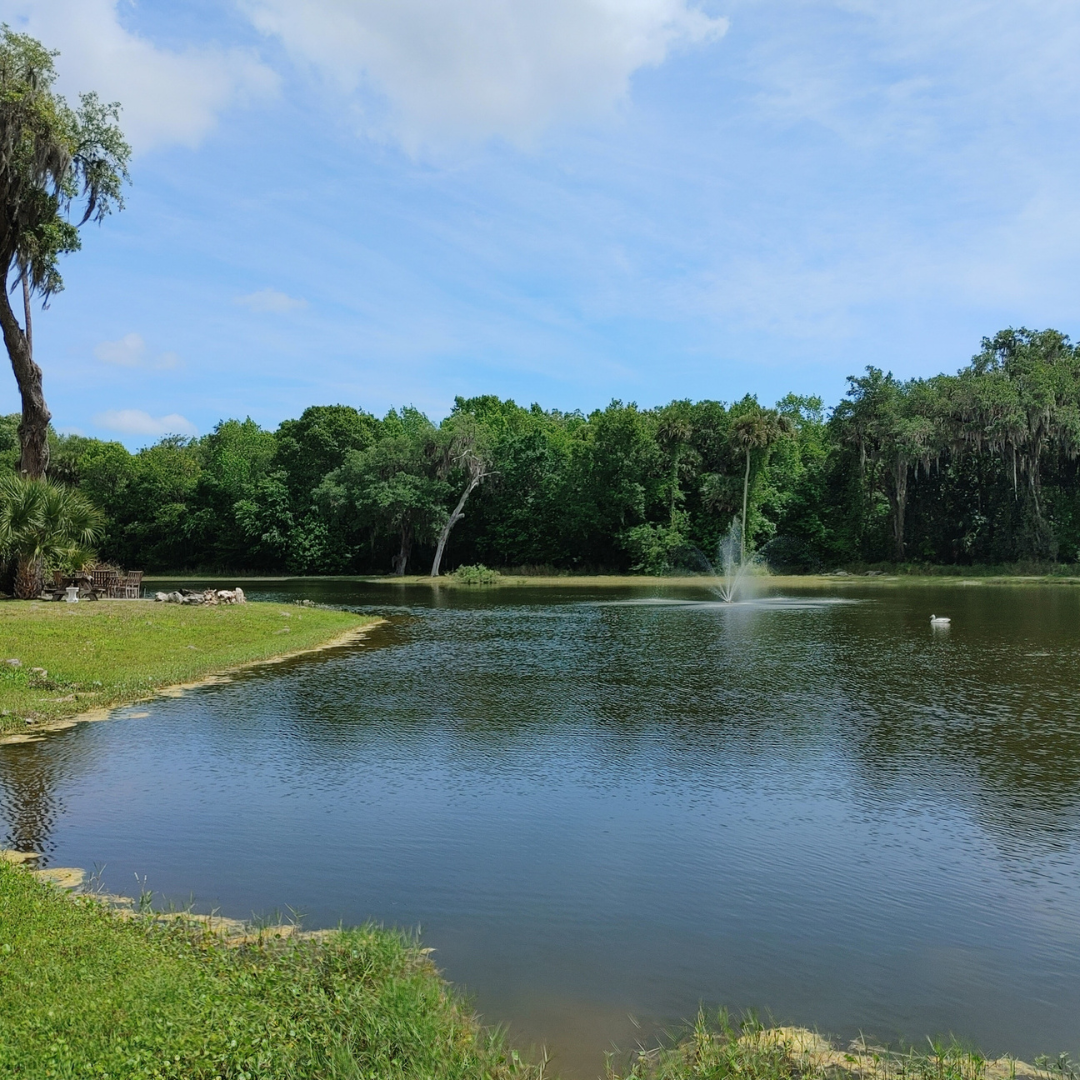Alcoholic Nose: Health Issues Caused by Alcohol Addiction

Although we are taught to never judge a book by its cover at a young age, first impressions are everything. This can be determined from how we act to the clothes that we wear or our appearance in general. For many people, appearance is everything, and the way that you look can affect your self-confidence. Unfortunately, the choices that we make in life can have a detrimental impact on our appearance and affect our overall health. Alcohol is one of the most common addictive substances used throughout the country. Although it comes with many health implications, the severity of addiction makes it hard to stop even after the damaging effects have taken place.
Alcohol can cause various medical conditions such as liver damage, pancreatitis, hyperactivity, high blood pressure, obesity, heart disease, and cancer. Alcoholism can also cause the development of an alcoholic nose. This particular condition is an alteration in the shape of the nose and nasal cavity caused by chronic use or alcohol abuse. An alcoholic nose is a rather striking change to the appearance of a person’s face. Let take a close look at what an alcoholic nose is and how you can avoid it.
What Is an Alcoholic Nose? Also Known as Rhinophyma
Rhinophyma is when the skin in and around the nose becomes infiltrated by fat cells. This happens gradually over time, beginning with the reddening of the skin on the top of the nose. It then progresses from reddening to disfigurement, with the main features being a bulbous swelling at the end of the nasal tip and a ridge or streak down one side of it. These features are caused primarily by chronic alcoholism over 6 months to several years. These features may also be present as part of rosacea, common among both men and women with moderate to severe alcoholism.
The timeframe of these symptoms can differ based on the individual and severity of the alcohol addiction. However, failure to treat or spot the signs of an alcoholic nose can cause permanent disfigurement and irreparable damage if left untreated. This condition is most commonly seen in men from ages 50-70; however, it can affect women and even younger generations depending on the severity of alcohol use. Although rhinophyma can occur in people who do not suffer from alcohol abuse, it is also known as an alcoholic nose for those that suffer from alcohol addiction.
What Causes Alcoholic Nose?
Have you ever heard the term correlation does not mean causation? In short, this means that even though a situation may seem like it causes something to happen, it does not mean that that is the root cause. This term is highly valid in this discussion. Over the recent year’s researchers have looked to find the leading cause behind what causes alcoholic nose. In past years it was commonly believed that alcoholism is the root cause of this health issue. However, recent studies have shown that more and more people suffer from this problem who do not suffer from alcoholism or alcohol addiction.
However, this research has been used not to negate that alcoholism can put you at a greater risk of developing an alcoholic nose. Alcohol can affect your vascular system, which plays a vital role in the health of your blood vessels, which runs throughout your body, including your neck and face. These vascular irregularities cause by alcoholism can worsen the condition and increase your chances of developing this health issue down the road.
Alcoholic Nose Symptoms
Have you ever wondered if your nose is running or if it might be a sign of something else? Noses tend to run when we’re cold, wet, allergies, or not feeling our best. However, alcoholic nose symptoms indicate that the liquid coming from your nose is more than just the common symptoms. Alcoholic nose symptoms are typically characterized by red, sore, runny and drippy nose; constant sneezing; burning and itchy nose and nostrils; thick mucus buildup in the back of the throat, making swallowing difficult.
These symptoms can be baffling at first glance and confusing to those who observe them. Since they are similar to a cold or the flu, they may be overlooked for what they are – such as alcoholic nose problems. People with a history of alcoholism may also suffer from other severe medical conditions apart from alcoholic noses. These conditions include deterioration of the liver and heart and disruption in the brain’s capacity to function normally.
What Does an Alcoholic Nose Look Like?
Although spotting the symptoms of an alcoholic nose might be challenging. Determining an alcoholic nose based on appearance may be more manageable. But what does an alcoholic nose look like? This is a prevalent question asked by alcoholics and their loved ones. They want to know if you can tell if someone is an alcoholic by looking at them or observing the way that they act. The answer to this question has to do with how long the person has been drinking and whether they have severely damaged their organs. Here are a few changes to look out for, such as:
- growth or swollen nose
- enlarge pores around the nose
- reddish skin tone
- thickened skin
- waxy, rigid, or yellow appearance of the nose or skin around the nose
If left untreated, the appearance of your nose can quickly deteriorate and create more problems internally within the nasal cavity.
Does Alcohol Abuse Cause Rhinophyma?
It is a common misconception that alcohol abuse directly causes rhinophyma. Throughout society and past research, people have concluded that excessive drinking or alcohol abuse causes this health issue. However, throughout recent years this has been disproven by numerous studies and research. Rhinophyma is an extreme case of rosacea. Rosacea is a skin condition that is common among many people throughout the world, not just drinkers. This skin condition varies in severity and can be affected by many different factors. People who suffer from rosacea may display symptoms such as red cheeks or red patchy along the face and neck. This is because of problems occurring underneath the skin within the blood vessels.
Severe rosacea, if left untreated, can lead to rhinophyma. However, it’s important to note that although alcohol may not cause this issue, it can make the condition worse. For example, someone suffering from rosacea might see an increase in symptoms when consuming alcohol. Over a prolonged period, alcohol use can irritate the rosacea, ultimately leading to an “alcoholic nose.”
Can Alcohol Damage Your Nose?
We have already discussed in great detail the fact that alcohol addiction is a dangerous and harmful disease, especially for our bodies. We also know that there are so many different adverse effects of alcohol addiction on your overall health. One of those effects includes how it may damage the inside of your nose. Not only does alcohol increase the chances of developing an alcoholic nose, but it can lead to worse health concerns down the road. Often the symptoms take years to occur and can be hard to treat once diagnosed, especially in more severe cases.
How Alcohol Affects Rosacea
Rosacea is a common facial skin condition, which can appear in different variations based on the individual suffering from this condition. This condition mainly affects most of the facial capillaries underneath our skin. Symptoms can include redness, swelling, bumps (papules), and blotchiness. Many people who suffer from rosacea are not aware that consuming alcohol can make your symptoms worse. This is because alcohol can affect the way that your vascular system works. In turn, it can cause the blood vessels throughout your body, especially in your face and neck, to constrict or relax, depending on the amount of alcohol in your system.
Those suffering from rosacea might notice what we call an “alcohol flush” to their skin when they drink. Although this has nothing to do with the rosacea itself, it can be caused by the body’s inability to tolerate the specific type of alcohol. Excessive alcohol consumption causes your body to deprive itself of nutrients and vitamins essential for health, including that necessary for your skin to look its best. Alcohol may not be the root cause of your rosacea. However, it certainly can make the issue worse and result in an alcoholic nose if left untreated combined with prolonged alcohol abuse.
How to Get Rid of Alcoholic Nose
If you or a loved one suffer from an alcoholic nose, it can be challenging to get through the day with this health issue. Let alone have the confidence to be seen in public. Luckily there are many different treatment options for this concern that can help you reduce the appearance of an alcoholic nose and treat any issues before they get worse. A professional doctor will help determine the best course of action, whether through medication or surgery. Medications are used to treat less severe cases of rhinophyma as well as other forms of rosacea. Your doctor might prescribe oral medications to prevent your skin glands from producing excess amounts of oil. Topical medications are also used to help reduce inflammation and redness around the nose area. On the other hand, severe cases are treated with the use of surgery. This is because it is considered to be the most effective and proven for long-term success. Surgeries typically include:
- laser resurfacing
- cryosurgery uses cold temperatures to freeze and remove excess tissues
- dermabrasion to remove dead skin cells and resurface new ones
The benefits of nose surgery can include:
- reshaping of the nose
- removal of growth
- minimizing blood vessels
- improving overall appearance
Serenity Springs Recovery Center
Serenity Springs Recovery Center is Central Florida’s top addiction recovery facility. We specialize in drug and alcohol addiction which helps us cater to a large part of the population suffering from these substances. Our purpose is to help those suffering from addiction by treating the mind, body, and spirit. On your journey to recovery at Serenity Springs, you will receive individualized attention from our staff, consisting of medical and addiction treatment professionals. We believe that by treating each client as a whole, we can better help you overcome your addictions and lead a sober life.
Our gender-specific men’s only programs are filled with many resources that will help to prepare you to lead a sober life ever after rehabilitation has ended. We have treatment options that vary from in-patient to out-patient programs, which both have the same excellent benefits to you. Our serine facility aids in the process of recovery. Together we will work with you to create an individualized treatment plan that suits your needs throughout your journey. This treatment plan will be monitored and adjusted throughout your stay to better support your recovery. Many of our services include but are not limited to:
- EMDR therapy
- psychiatric care
- family services
- one on one counseling
- 2:1 client to staff ratio
- 12 step immersion
In the end, there is no proven way to prevent an alcoholic nose; however, there are tips that you can implement to help decrease your chances of having it. These will also help you to avoid triggers or flare-ups, which can make your rosacea symptoms worse by avoiding thing such as:
- alcohol
- caffeine
- spicy foods
- hot beverages
- overexposure to sunlight
- emotional stress
It’s also best to implement the tips listed above and create a skincare routine that fits your skin and can easily be implemented into your daily schedule. Although there are many social stigmas around rosacea and rhinophyma, we can help others through education. If you or a loved one is suffering from alcohol addiction, our staff at Serenity Springs Recovery Center is here to help. Contact our admissions coordinators to discuss treatment plans and options to begin your recovery journey today.




